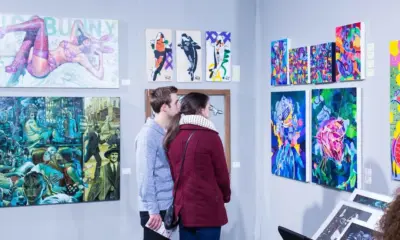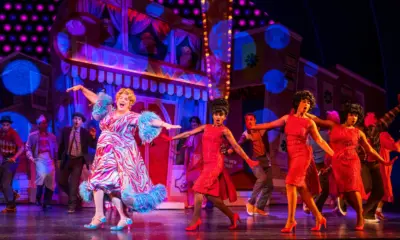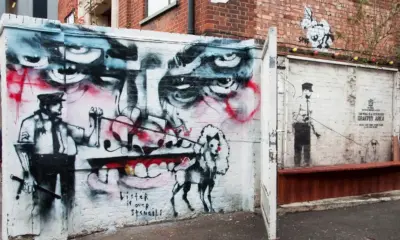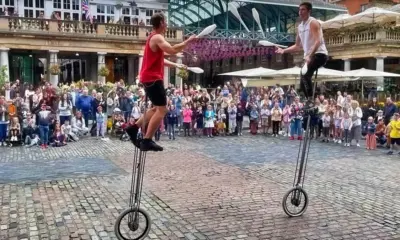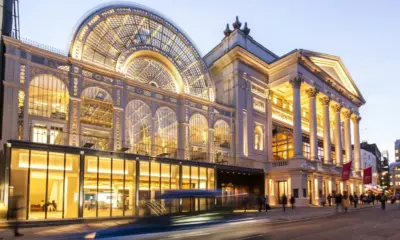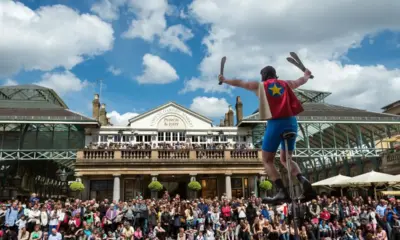Entertainment
Royal Opera Reopens Culture Reinvestment After Tourism Surge
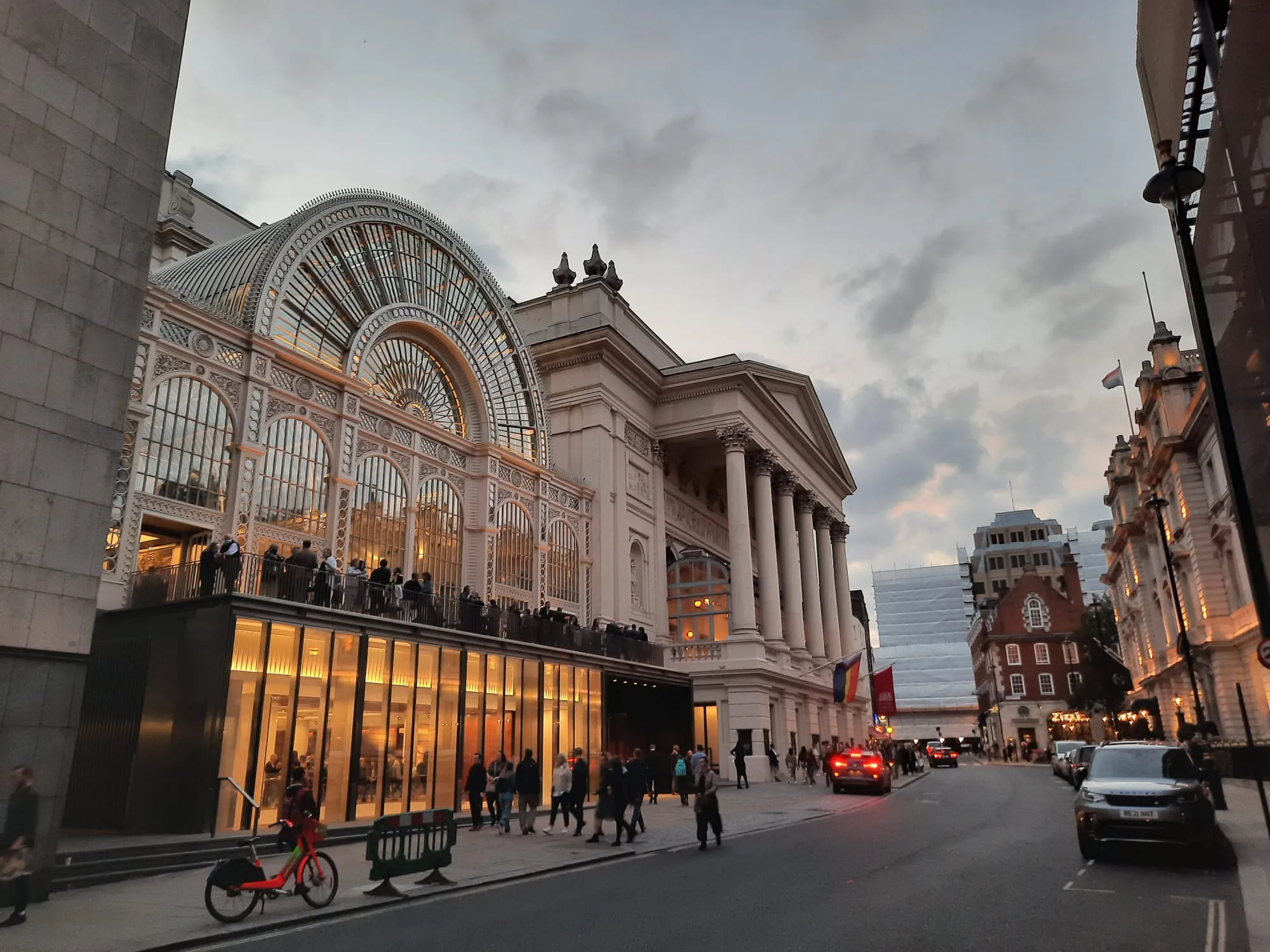
London’s Royal Opera House has reopened its doors with renewed energy and purpose, marking a significant moment for the city’s cultural revival after a period of global uncertainty. The reopening is more than a return to artistic performance; it represents a broader reinvestment in the United Kingdom’s creative economy, which has been steadily recovering alongside the resurgence of tourism. The event underscores how art and culture continue to serve as vital pillars of London’s identity, drawing visitors from around the world and strengthening community connections across the capital.
The reopening season began with a gala performance attended by cultural leaders, policymakers, and artists who emphasized the importance of preserving the arts as part of the city’s long-term development strategy. After years of pandemic disruptions and financial strain, the Royal Opera’s restoration symbolizes a turning point in how Britain views its creative institutions. The production schedule includes both classical and contemporary works, reflecting a deliberate attempt to blend tradition with innovation in a way that appeals to diverse audiences.
Cultural Revival and Economic Reinvestment
The reopening of the Royal Opera House coincides with a broader cultural reinvestment wave sweeping through London. City authorities and private investors have directed increased funding toward theaters, museums, and performance venues to enhance their accessibility and global reach. The growth in international tourism has played a key role in this resurgence. Official tourism data indicates that London is projected to welcome more than seventy million visitors in 2026, and cultural attractions remain among the top reasons travelers choose the city.
Arts organizations have responded to this momentum by developing new programming strategies designed to engage both local and international audiences. The Royal Opera has introduced interactive tours, digital experiences, and community outreach initiatives that extend the institution’s presence beyond its traditional audience base. This evolution reflects a growing understanding that culture must be inclusive and dynamic to remain relevant in an age of rapid change.
The economic impact of these efforts is substantial. According to cultural economists, every pound spent on live performances generates additional value through hospitality, transportation, and retail activity. Local businesses in Covent Garden have reported a visible increase in foot traffic since the Royal Opera reopened, signaling how the arts sector acts as a catalyst for broader urban regeneration. Restaurants, cafes, and hotels nearby have benefited from the renewed vibrancy that accompanies the return of large-scale events.
Artistic Vision and Modernization
Beyond the economic benefits, the Royal Opera’s return also highlights a renewed commitment to artistic innovation. The organization has expanded its repertoire to include new commissions from emerging composers, with themes addressing climate change, diversity, and digital transformation. This contemporary direction aims to connect with younger audiences who seek cultural experiences that speak to modern realities. The introduction of immersive stage technologies and hybrid performances that blend live music with digital art installations has been particularly well received.
The modernization effort extends to the building itself. The renovation project, supported by a combination of public funding and private donations, has improved accessibility and energy efficiency while preserving the venue’s historic architecture. The Royal Opera’s leadership emphasized that sustainability was central to the redesign, aligning with London’s broader environmental objectives. Modern lighting systems and digital ticketing solutions have reduced energy consumption and paper waste, setting a new standard for cultural institutions in the city.
The emphasis on inclusivity has also redefined casting and programming decisions. The company’s leadership has worked to diversify talent both on and off stage, showcasing performers from different backgrounds and ensuring that British opera reflects the multicultural reality of contemporary London. Workshops, educational programs, and partnerships with schools have been expanded to nurture young artists and engage communities that have historically had limited access to high culture.
Tourism and Global Influence
The reopening of the Royal Opera House has strengthened London’s standing as a global cultural hub. International visitors view performances as a quintessential part of their travel experience, placing the venue on par with other world landmarks such as the Louvre in Paris or the Met Opera in New York. The renewed programming strategy has made it easier for visitors to access tickets through digital platforms, enabling cultural tourism to become more integrated with the city’s digital economy.
Cultural analysts argue that London’s approach to blending tradition with innovation is what sets it apart from other global cities. The Royal Opera’s new model demonstrates that heritage institutions can evolve without losing their core identity. This balance between preservation and progress mirrors London’s broader approach to economic recovery, where the creative industries are increasingly recognized as drivers of sustainable growth.
Partnerships with global arts organizations have also been revitalized. Collaborative projects with European and Asian opera houses have been announced, allowing talent exchange and co-productions that enhance London’s international artistic influence. These collaborations reinforce the idea that culture serves as a form of diplomacy, building bridges between nations and fostering shared values through performance and creativity.
Conclusion
The reopening of the Royal Opera House stands as a symbol of renewal for both London’s cultural landscape and its wider economy. It represents the resilience of an industry that endured unprecedented challenges and emerged with a stronger commitment to accessibility, innovation, and sustainability. As tourism continues to flourish and public interest in the arts grows, the Royal Opera’s revival demonstrates the enduring power of culture to inspire recovery, unity, and progress.
In many ways, this reopening is not merely a return to normal but a transformation that embraces the future while honoring the past. London’s ability to adapt and invest in its creative heart ensures that it will remain a beacon of artistic excellence and cultural vitality for generations to come.

